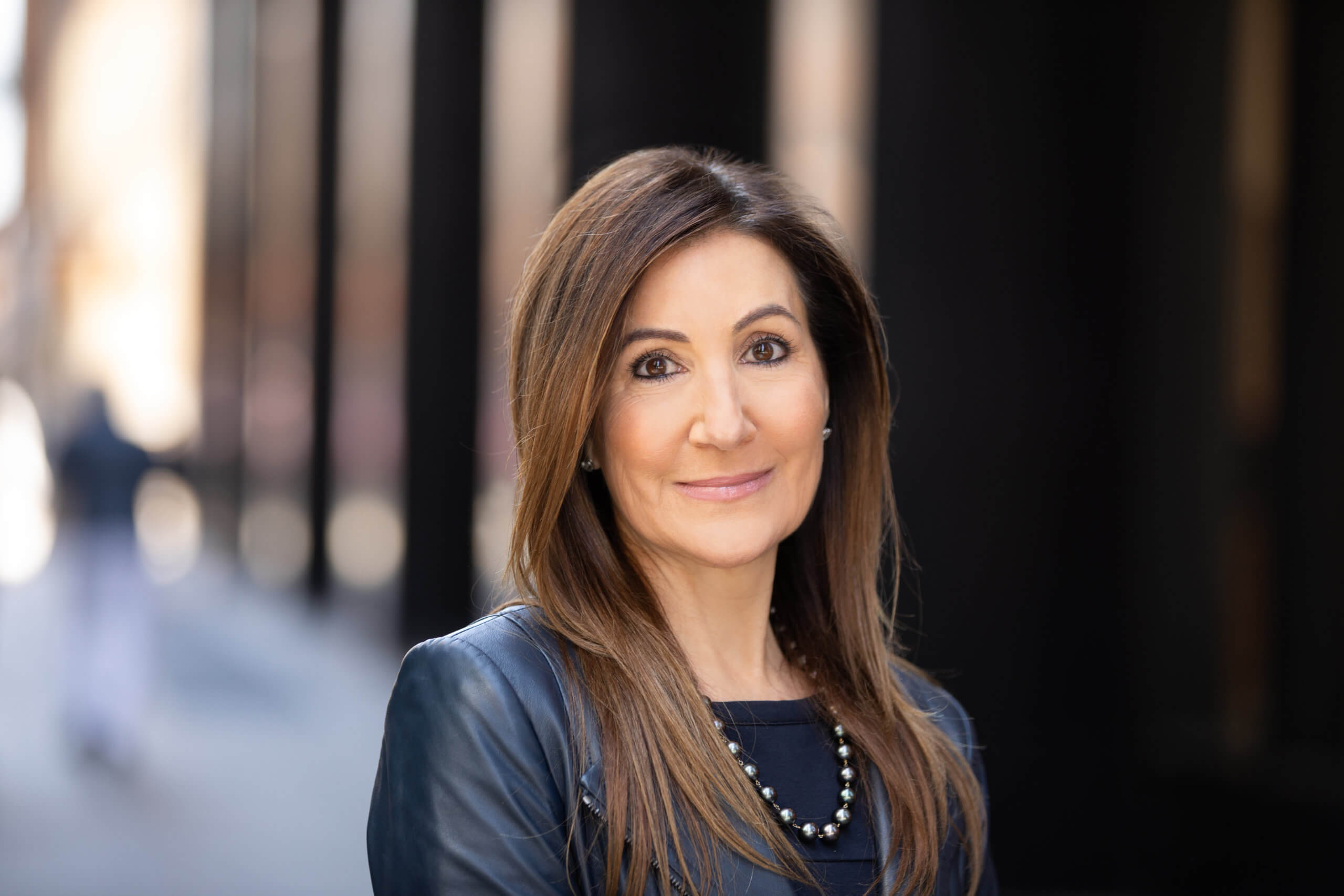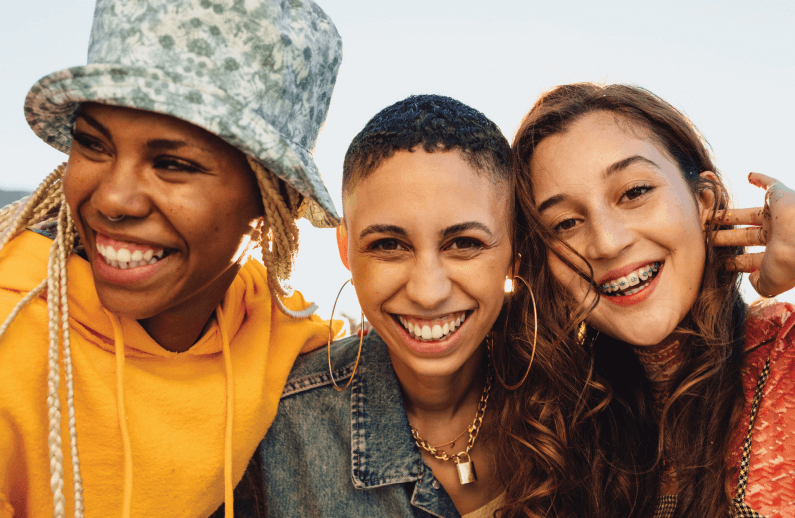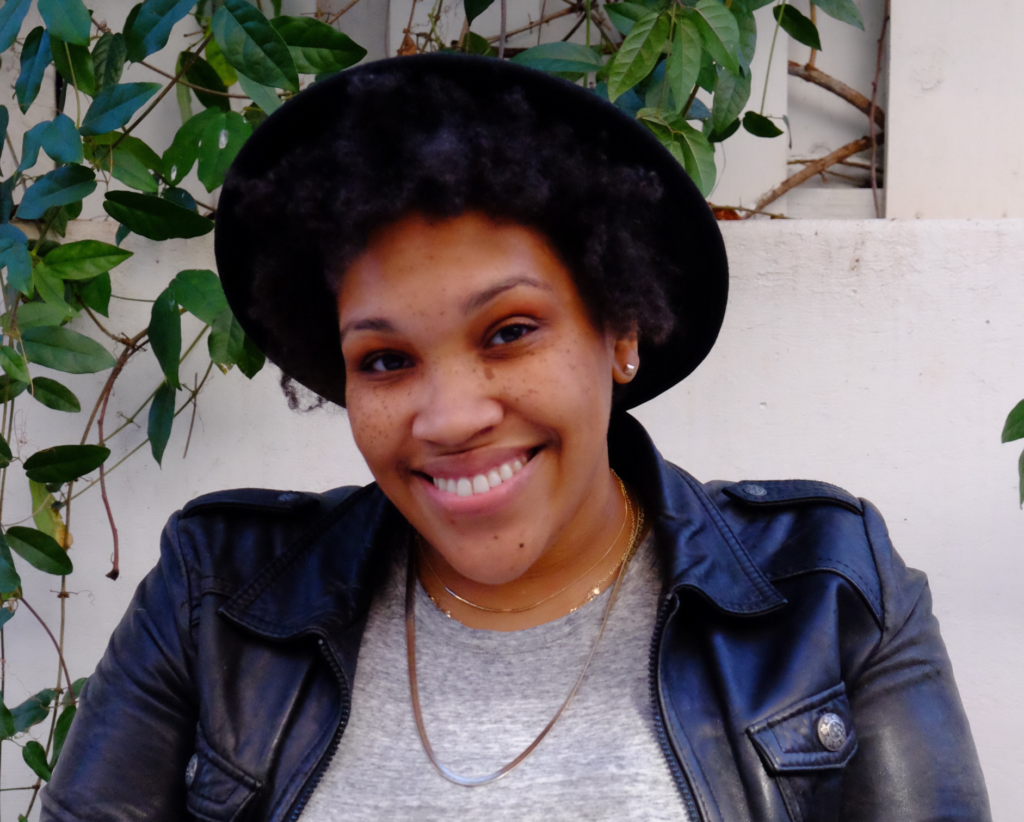
There are 62 million Hispanics in the U.S. today, and more than 31 million of them are female. As the world’s leading Spanish-language media and content company, TelevisaUnivision is the ticket to the dance for brands eager to grow and connect with this massive and influential audience.
Even though one out of every five people in the U.S. is Hispanic, according to the 2022 U.S. Census, U.S. Hispanics are vastly underrepresented in current data sets, according to TelevisaUnivision ad sales leader Donna Speciale.
For decades, Speciale has been one of the most respected thought leaders in media and advertising. In January 2021, she brought her heralded talent for innovation and creative problem-solving to TelevisaUnivision. Last May at the company’s Upfront presentation, she announced the launch of the industry’s first-ever Hispanic household data graph.
In this week’s blog, we spoke with Speciale about why the data graph was needed, where U.S. Hispanic marketing is heading, and how it ties to her role as being a female leader in this industry…
Let’s talk about the Hispanic household data graph you launched into market during this year’s Upfront. You have said that there have been systemic issues with accuracy when it comes to reaching and measuring Hispanic audiences. Why is that and how does the data graph resolve the issue?
When I joined Univision, we had limited targeting capabilities. When we started the work to find data providers, we just weren’t confident in the options we were seeing in the marketplace. Then came the harsh reality from Truthset, the first company to measure the accuracy of record level consumer data, that 4 out of 10 Hispanics are nowhere to be found in third-party data sets. That of course is very bad news for brands and Hispanic consumers. We also learned from Truthset that on average, 70% of spend targeting this audience is wasted. And that’s on top of poor data accuracy from a gender perspective: Looking at 70+ segments from a wide variety of providers, accuracy ranges are as low as 12% for gender attributes even at the total U.S. level.
Given our unique leadership position with Spanish speakers, we took matters into our own hands. Not only did we feel a responsibility to better connect our clients to our audience, but we wanted to create a rising tide that lifts all boats––even outside of our media. Because we have so many touchpoints with the U.S. Hispanic audience, our graph covers a whopping 85% of Hispanic households in the country. This is a game-changing solution for marketers, and really, anyone looking to improve engagement with authentic growth audiences.
What’s the biggest opportunity for brands that aren’t investing in the Hispanic market?
In the past 18 months we have welcomed 200 new clients into the Hispanic marketplace, in all categories and all sizes. It’s incredible progress. But, there’s still more work to be done. There are 1,500 clients on English-language TV and less than 500 are advertising with us.
Inclusive marketing—not just to Hispanics—is no longer just nice to have. Even so, there are hundreds of marketers, if not thousands, that still do not lean into marketing to Hispanics. This is particularly critical when seeking to engage with the 31 million Latina consumers in this country who deserve to be seen, heard and recognized for the massive growth they are contributing to the U.S. economy.
You’re a blue-chip media executive. A top-ranked media maven and mother…and from what we saw at Upfront, a budding salsa dancer. Exactly the kind of professional woman we still don’t see enough of in the media. Do you consider yourself a role model?
I came to TelevisaUnivision because I saw an opportunity to make a difference. I love being in a place where I can learn about such an important and rich culture and bring my expertise in media and advertising to help previously underrepresented and underappreciated audiences get the communications and recognition they deserve.
And when it comes to leadership, there’s nothing more fulfilling to me than mentoring and creating a strong and empowered culture. I’m proud to be seen as a role model.
It’s important that women reach back so other women can succeed. My son and daughter have seen me advance in my career, without losing sight of who I was when I was an assistant buyer early on. That’s why I love working with people coming out of college or mid-level managers looking to advance (both men and women).
We need more robust conversations about the critical part that inclusivity plays in personal and professional success and in media and society at large. When women win, we all win.


